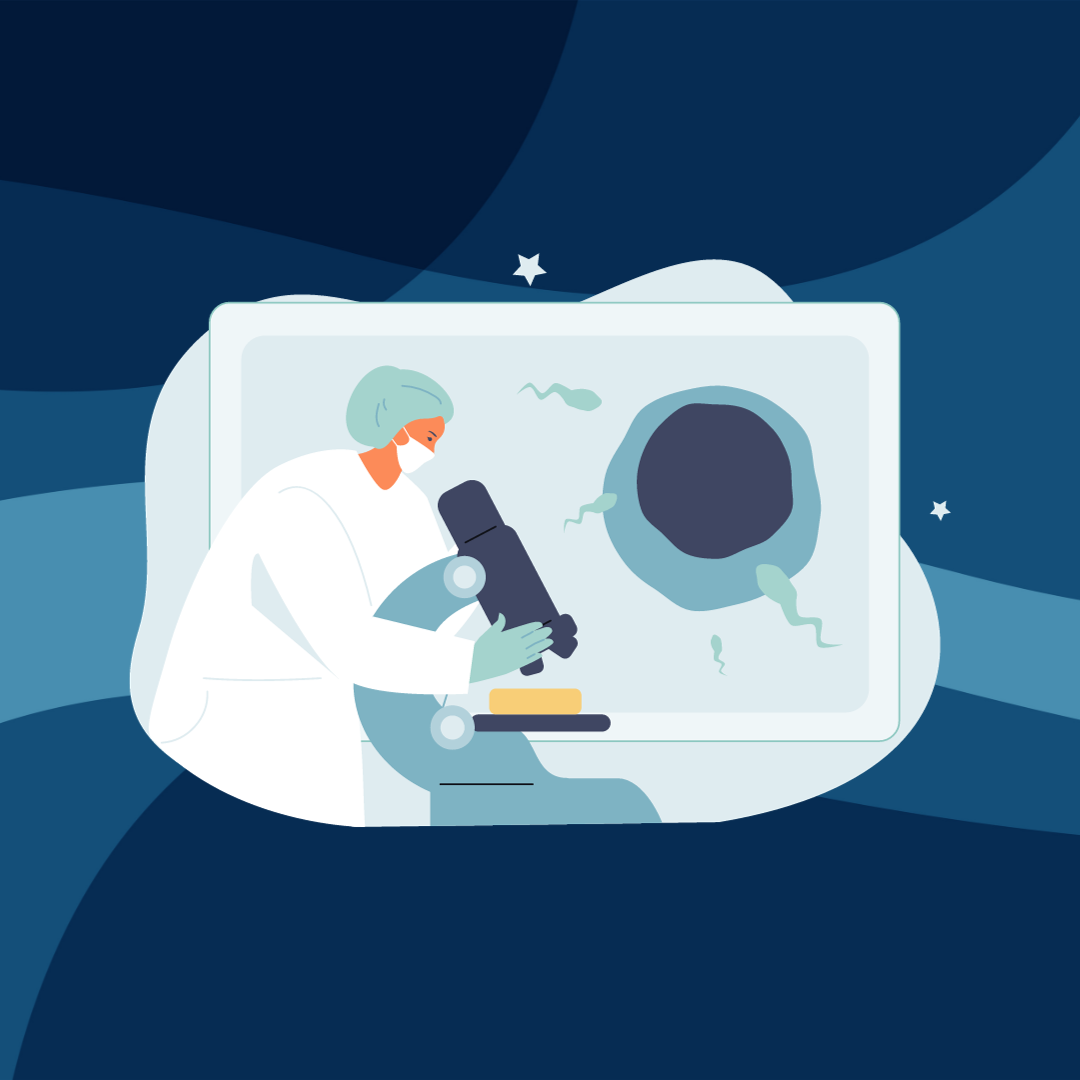The Beginning of a Bad TRIP – Alabama’s Embryonic Personhood Decision and Targeted Restrictions on IVF Provision
By Katherine L. Kraschel,
Bill of Health
| 02. 21. 2024
Last week, the Alabama Supreme Court called frozen embryos created via in vitro fertilization (IVF) “extrauterine children” and referred to the cryotanks where they are stored as “cryogenic nurser(ies).” The Court sided with couples who claim the accidental destruction of frozen embryos created through IVF and cryopreserved ought to be treated equally to the death of a child.
The case, LePage v. Center for Reproductive Medicine, involves plaintiffs seeking punitive damages from an Alabama fertility clinic for the “wrongful death” of their embryos that were destroyed when a patient in the hospital where they were stored removed them from the cryotank. While the lower Alabama Courts concluded that the cryopreserved embryos were not a person or child under the state’s law, the Alabama Supreme Court disagreed and held that the state’s Wrongful Death of a Minor Act “applies to all unborn children, regardless of their location,” and that the plaintiff’s wrongful death claims could proceed.
Thoughtful scholars have argued that existing state laws do not sufficiently redress mistakes and accidents that occur in the process of fertility care, pregnancy...
Related Articles
By Jonathan Matthews, GMWatch | 12.11.2025
In our first article in this series, we investigated the dark PR tactics that have accompanied Colossal Bioscience’s de-extinction disinformation campaign, in which transgenic cloned grey wolves have been showcased to the world as resurrected dire wolves – a...
By Jenny Lange, BioNews | 12.01.2025
A UK toddler with a rare genetic condition was the first person to receive a new gene therapy that appears to halt disease progression.
Oliver, now three years old, has Hunter syndrome, an inherited genetic disorder that leads to physical...
By Simar Bajaj, The New York Times | 11.27.2025
A common cold was enough to kill Cora Oakley.
Born in Morristown, N.J., with virtually no immune system, Cora was diagnosed with severe combined immunodeficiency, a rare genetic condition that leaves the body without key white blood cells.
It’s better...
By Rachel Hall, The Guardian | 11.30.2025
Couples are needlessly going through IVF because male infertility is under-researched, with the NHS too often failing to diagnose treatable causes, leading experts have said.
Poor understanding among GPs and a lack of specialists and NHS testing means male infertility...




